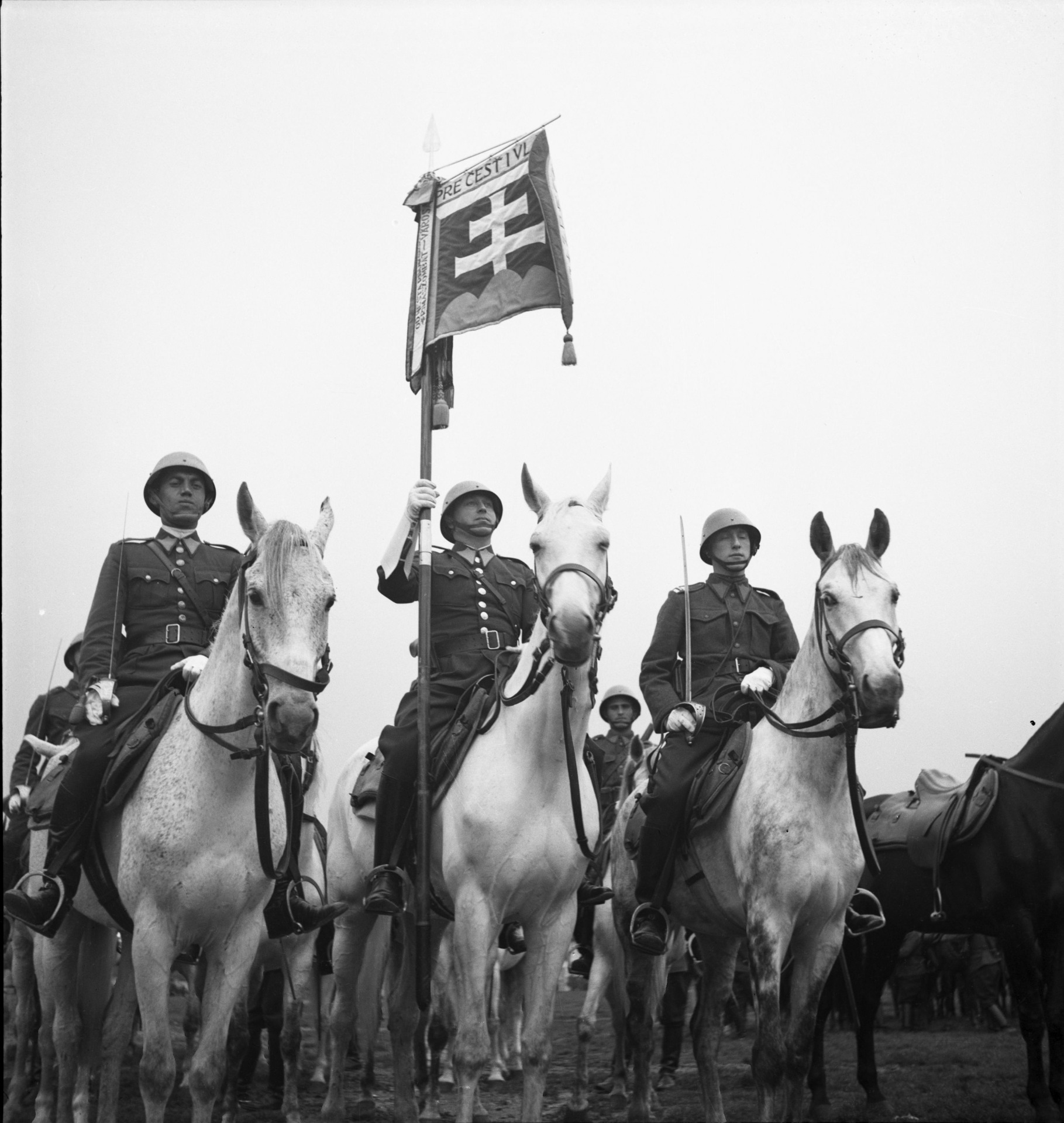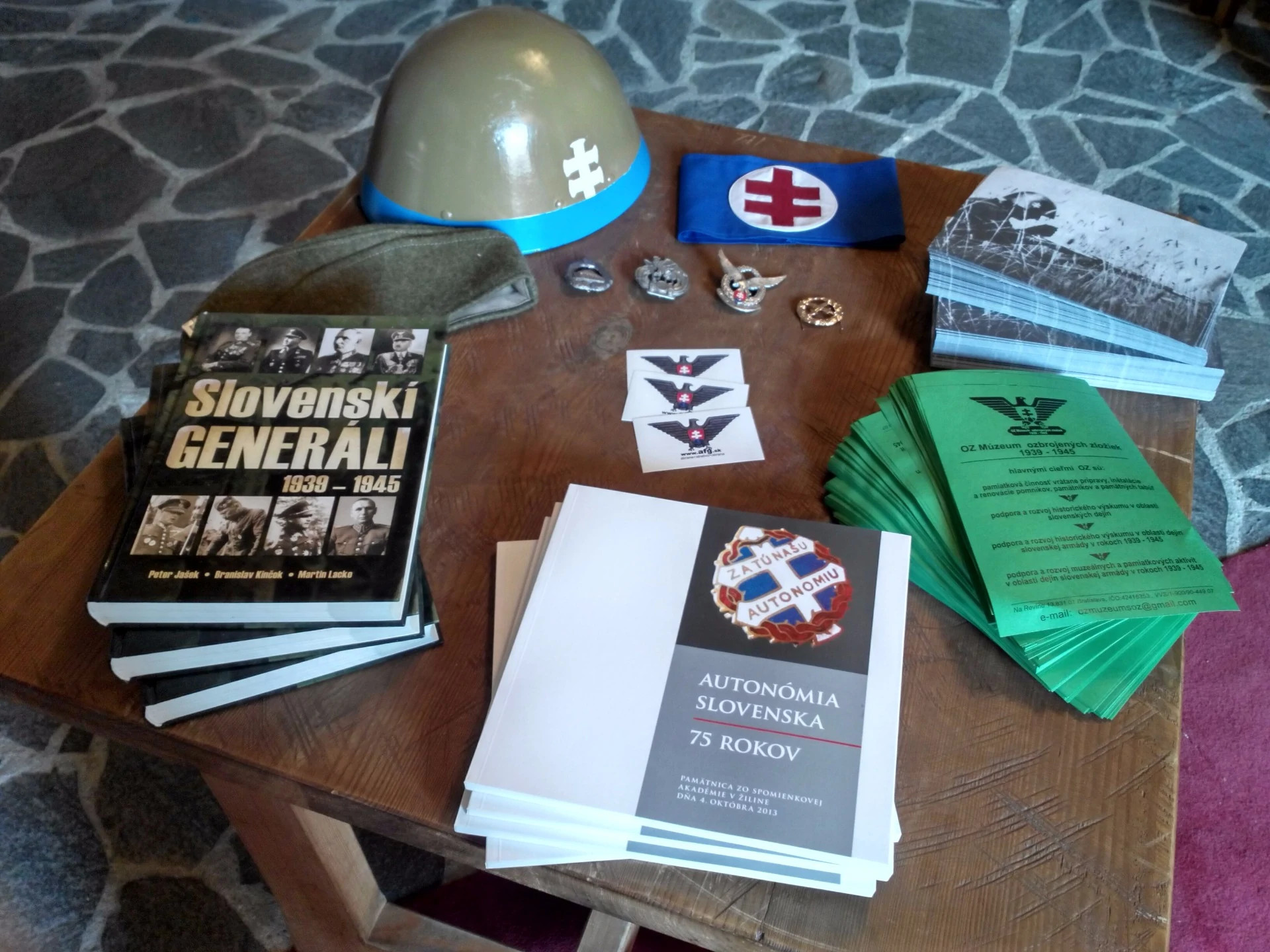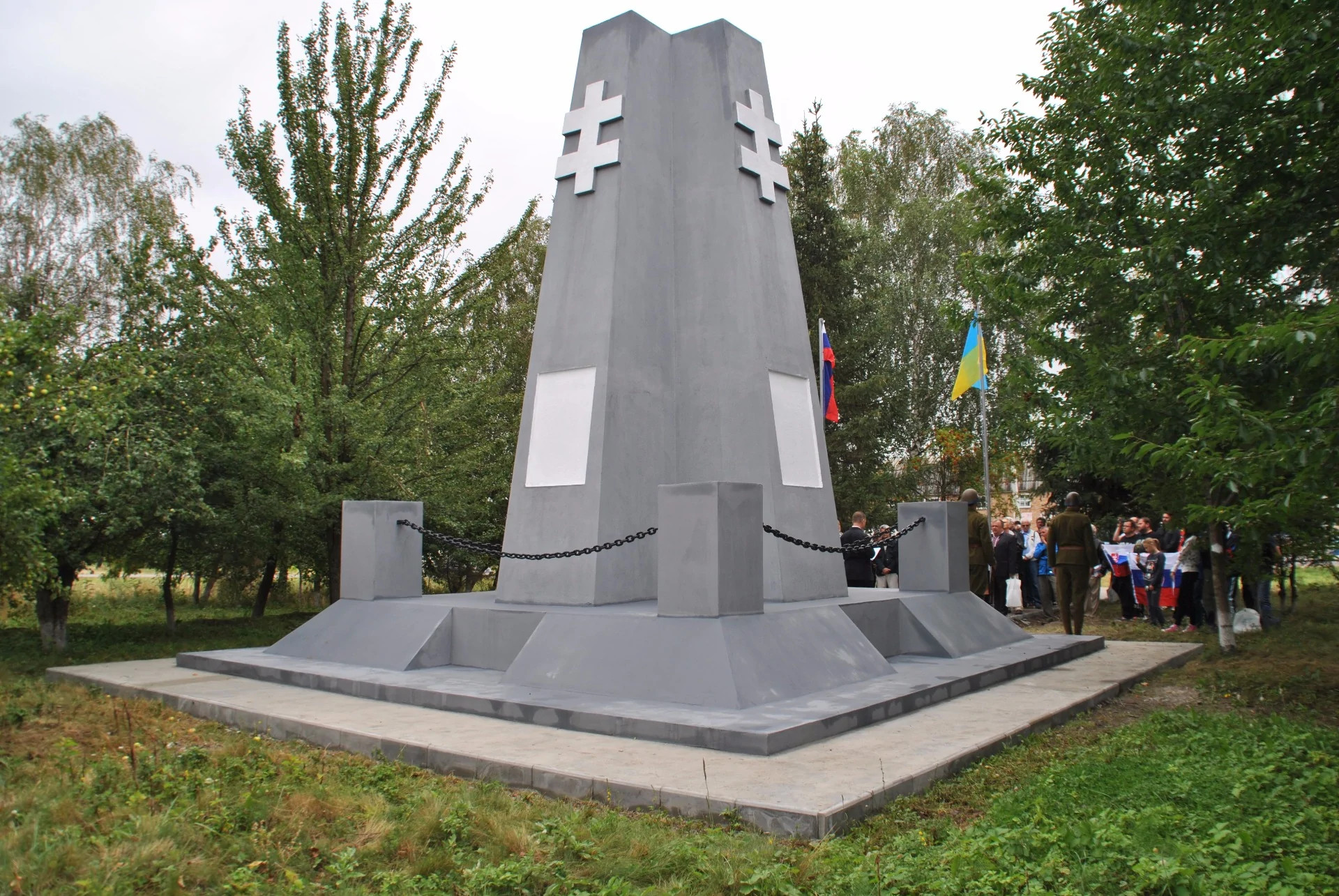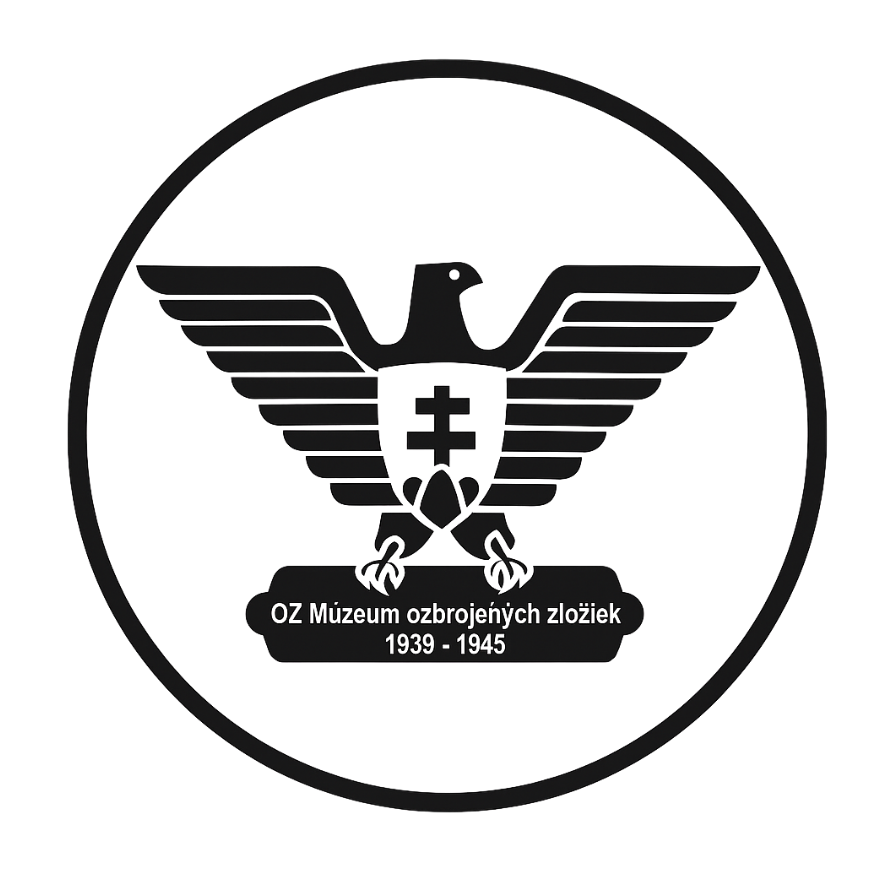
Explore one of the most controversial and historically significant periods of Slovak history.
Our website offers a unique blend of historical facts, photographs, period materials, and interviews with experts.
Set out on a journey from the birth of the Slovak Republic, through the dramatic events of the Second World War, to the Slovak National Uprising and the dissolution of the state.
Discover the stories of people, the key events, and the places that shaped our history. Combine learning with interactive content that brings the past to life.
Our activities
Civic Association "Museum of the Armed Forces 1939–1945".
The main objectives of the civic association are:

Heritage conservation activities, including the preparation, installation, and restoration of monuments, memorials, and commemorative plaques.
Support and development of historical research in the field of Slovak history.
Support and development of historical research on the history of the Slovak Army in 1939–1945.
Support and development of museum and heritage activities related to the history of the Slovak Army in 1939–1945.
Restoration of the Slovak War Memorial in Ukrainian Lypovets
In June 2016 it was 75 years since the war assumed truly global proportions. Just as Slovak fathers were mobilized in the First World War, members of the next generation—their sons born between 1917 and 1922—now had to take up arms. While as many as 70,000 Slovaks fell in the first war, about 1,300 Slovak soldiers died in the second.
The names of those who fell in the First World War—though they fought for foreign interests—were automatically inscribed on memorial plaques. Monuments bearing their names adorn every larger village or town. In the case of Slovak soldiers who fell in the Second World War, however, things were entirely different. After 1945 their names were not allowed to be commemorated, let alone carved in stone.
To at least symbolically repay the moral debt that Slovakia owes to its fallen and to their families, who could never visit their graves, a handful of activists from the civic association Museum of the Armed Forces 1939–1945 (F. Gajdoš, E. Rogovoj, M. Lacko) organized the reconstruction of the war memorial in Lypovets. The six-meter monument in the town of Lypovets in the Vinnytsia region of central Ukraine is unique for several reasons. It is the only monument built in honor of fallen Slovak soldiers that has survived from the war to the present day. It is a world rarity—apparently the only monument erected in memory of members of an occupying army that has endured from the war until today.
From 1941 it stood in the middle of one of the central cemeteries of the Slovak Army in the USSR. After 1945 the Soviet authorities leveled the cemetery with more than three hundred graves and repeatedly attempted to demolish the memorial itself. Later, after the emergence of Ukrainian statehood in 1991, it also bothered part of the Ukrainian nationalist milieu. Thanks to the resistance of local residents and local party structures, however, the destruction never succeeded, and in 1992 it was placed under state protection. The respect shown to Slovak soldiers stemmed from their humane approach to the local population and the positive memories of them that lived on in the region even after the war.
Since time had already taken its toll on the mound, the activists undertook a complete reconstruction to preserve it for future generations. In less than three months the body of the mound was restored, a memorial plaque with an informative text in Ukrainian and Slovak was added, a new access path and flagpoles were built. The funds for the restoration—€3,500—were raised exclusively from private donations, as the ministries approached and the Office of the Government of the Slovak Republic showed no interest.
The ceremonial reopening of the reconstructed mound took place on July 22, 2016—exactly 75 years after the tragic Battle of Lypovets on July 22, 1941, in which 76 members of the Rapid Brigade died in fighting with the Red Army.
More than sixty people attended the commemoration. After the raising of flags, the national anthems (in the case of the Slovak Republic, two), and the laying of wreaths, speeches followed. The main organizer of the reconstruction, local entrepreneur Volodymyr Dyshkant, praised the good relations between the Ukrainian and Slovak nations, including Slovakia's current assistance to war-torn Ukraine. Historian Olexander Rogovyj highlighted the attitude of Slovak soldiers toward the local population in 1941. One moving case recalled how a Slovak military doctor saved the life of a severely disabled newborn and its mother—an extraordinary deed for wartime that still resonates in the memory of the people of Lypovets today.

Military historian Pavel Mičianik gave a brief report on the deployment of the Slovak Army. Historian Martin Lacko—one of the event's organizers—reminded listeners of the involuntary nature of the fallen soldiers' service and of the event's message of peace. We commemorate war victims not only for their own sake, but also for future generations, so that they need not die in senseless wars. The ceremonial program gained an artistic dimension through the recitation of two wartime poems by the youngest member of the delegation, fifteen-year-old Nina Tupá, and above all through the unforgettable song "Lypovets" from 1941 performed by the brother of one of the fallen, Milan Gibala of Divín.
The culmination of the entire event was a requiem service for the fallen, led by Catholic priest and former head of the military chaplaincy, Col. (ret.) Ignác Juruš.
After the ceremony, our Ukrainian friends treated all thirty-eight Slovak participants to an exceedingly generous reception. Thus, the successful event not only symbolically repaid the moral debt that Slovakia owed to its fallen, but perhaps also opened a new tradition of pilgrimages to Slovak memorial sites in Ukraine.
